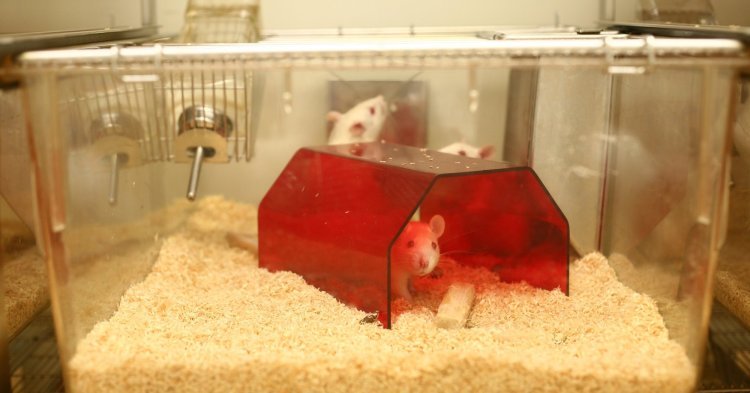Squeezed between International Book Day (23rd April) and International Labour Day (1st May), the 24th April gets somewhat lost in TNF’s list of international days of awareness. But it should not - 24th April is the World Day for Laboratory Animals. Since its establishment in 1979 by the UK’s National Anti-Vivisection Society, it has been a day of commemoration of animals used for scientific experiments, as well as the activist efforts to stop these experiments.
The fact that we are still commemorating this issue implies that the issue of testing on animals is far from being solved. The animal advocacy group Cruelty Free International estimates that “the number of animals used for scientific purposes” globally reached 192.1 million in 2015. In the EU, the numbers were around 12.5 million in 2017, according to, data collected by the European Commission. Numbers like these have prompted the European Parliament to push for the acceleration of phasing out and replacement of animal testing across the bloc.
Are animals dying for a good cause?
As the name suggests, animal testing involves (medical) procedures done on animals for research, such as testing for diseases, cosmetic products, drugs, or other chemicals. Animals are still used as test subjects, because of their biological similarities to humans, as well as their predisposition to diseases that also affect humans. Given these similarities, and the animals’ short lifespan, researchers can study how diseases progress in living beings and even how to treat them.
However, most of these tests and experiments cause pain or other distress to the animals and often result in the death of the animal test subjects. The Humane Society lists “food and water deprivation”, “infliction of pain to study its physiology and treatment”, or “killing by carbon dioxide asphyxiation, neck-breaking, decapitation, or other means” as examples of animal testing in practice.
The brutality of these tests raises a multitude of questions among animal rights activists and the public alike, the most common being - is this really necessary?. The answer, as various animal advocacy groups have been arguing, is no. It appears that the result of disease research which is done on animals can rarely be applied to humans. Both PETA and Cruelty Free International mention that many vaccines and drugs tested on animals aren’t sure to protect humans as well.
EU regulations on animal testing
In recent years, efforts to phase out testing on animals seem to have increased, at least in the EU. Since 2013, testing cosmetics on animals has been banned in the entire EU. The same year, the Union introduced a directive (2010/63/EU) whose ultimate goal is to eliminate the need for animal testing. This is done by the principle of 3Rs: replacing, reducing and refining animal testing. And, as mentioned earlier in this articles, MEPs have also been calling for faster progress on this issue, with the emphasis on minimising the suffering of animals and utilising other testing alternatives which do not require using animals as test subjects.


Follow the comments: |
|
